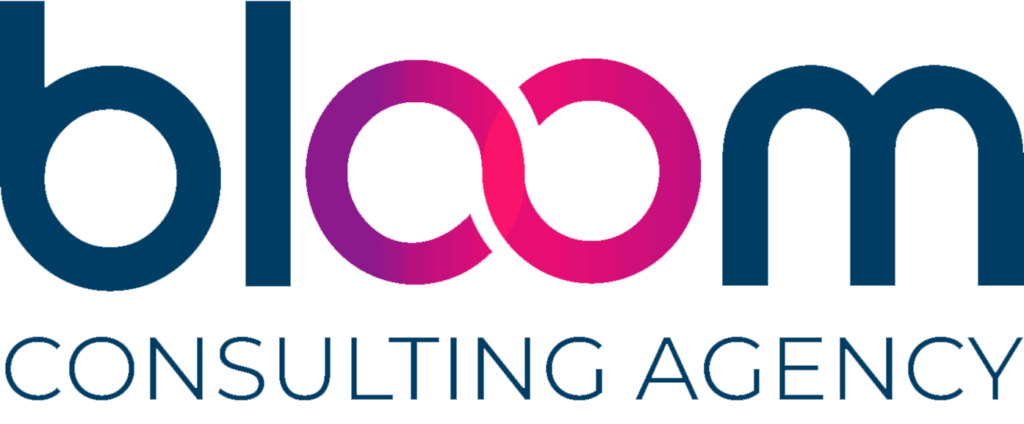In today’s competitive job market, employee benefit plans must provide high-value options attractive to high-demand recruits. Unfortunately, small and mid-sized companies may be unable to afford employee benefit plans offering extravagant benefits. To maintain a high level of worth in EBPs, healthcare organizations might consider enlisting a third-party certified public accountant to perform an audit. Benchmarking the required information to ensure correct documentation is essential.
What is an Employee Benefit Plan (EBP) Audit?
To ensure the chosen service providers manage competitive packages, the certified public account, or CPA, gathers all pertinent information from employee retirement funds. Of course, organizations with more than 100 employees must comply with regulations and keep the plans competitive.
Administrators asking, “What is an employee benefit plan audit?” rely on CPAs to collect data, perform audits, and report if needed. As complicated as this audit may appear, CPAs are trained in complying with regulations to complete the audits.
Yet while the employee benefit plan audit is a complicated process, setting up a plan for ease of information organization is vital. Forming a task force, delegating responsibilities, and making your administration available for timely meetings usually leads to successful employee benefit plan audits. Additionally, the organization of the required audit data and compliance documentation upon the CPA’s request makes for a smooth transition.
The Three Phases of an EBP Audit
What is an employee benefit plan audit? A third-party CPA conducts a three-phase comprehensive review. (Requirements for the audit appear clearly stated in audit requests, so hiring a reputable CPA to fulfill this task is essential.)
The first phase includes the collection of data, plan documents, investment statements, and other required information for the CPA. Organization and frequent review of the necessary documentation aid this process.
Collection of EBP Audit requirements include:
- Plan documents, including trust docs and summary plan descriptions
- Summary annual reports
- Fiduciary insurance, bond documentation
- IRS determination letter
- Internal income and disbursement statements
- Notes from committee or subcommittee meetings
- Plan financial records, invoices, and ledgers
- Service provider contracts
- Supportive sample of participant benefit payments
- Process narratives for hiring and paying plan professionals
- Draft of Form 5500
- All documentation related to fees, fee schedules, and compensation paid to professionals by the plan
- Contracts with fiduciaries and other service providers, details, dates for services provided
- ERISA compliance policies or procedures
- Documents related to the plan investment performance
- Records with names and service times of board members and officers of the plan sponsor
- Documents proving timeliness of employer contributions and support for authorization and payment of participant loans
- Documents showing the procedures set up for handling participant loans
- Various participant-related data to support a participant sample selected by the auditor
Special Focus
All documentation requested supports the EPB audit, so close attention to detail is important. Strict compliance with the recommended requirements is guaranteed to satisfy the Department of Labor, thus preventing further investigation.
The second phase includes fieldwork completion, a visit to the company location, and meetings with oversight and administration. This is where the auditor meets with the company personnel responsible for the EBP plan to discuss internal controls, accounting processes, and possible risks. This phase includes reviewing distributions, loans, employees, supporting files, and documentation.
The third phase includes the delivery of the report and its findings. The CPA presents the audit draft with all documentation for approval. Finally, the audit is submitted to the Department of Labor.
Administrators must develop a team for the employee benefit audit by delegating responsibilities for documentation procurement and availability. Also, review your organization’s compliance standards to have data available for accountants when requested. Planning is vital in making the auditing process run smoothly without possible hiccups. Assignment of an overview administrator can lead to quick resolutions to consultants, accountants, and administration requests. Scheduled update meetings can ensure documentation is ready when needed.
Getting Help for Your EBP Audit
If your company has reached a higher level of employee participation in retirement planning, your administrators may still be asking, “What is an employee benefit audit?” Also, administrators may be in search of assistance with how to fulfill the requirements of the EBP audit.
Unfortunately, researching accounting firms to perform your organization’s audit is a time-consuming process. However, consultants can help review the required protocols and recommend firms able to perform these audits. For instance, Bloom Consulting in Florida boasts experienced consultants that can offer sound advice.
Employee Benefit Plan Audits in Florida
If the administration is asking, what is an employee benefit plan audit, and your company resides in the state of Florida, contact Bloom Consulting! Our professional consultants can help your administration set up protocols to ensure successful audits and recommend reputable accountants. Information is the only thing missing in this equation, and our experts are ready to review your company’s needs and lead you towards successful benefits plan audit planning. Contact us today to set up a consultation!










